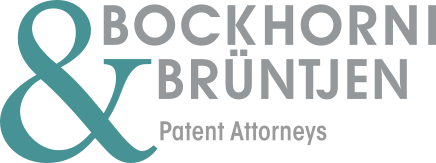The importance of the so-called “printed copy” in the context of the Communication under Rule 71(3) EPC was recently confirmed by a Technical Board of Appeal of the European Patent Office.
The case
In the present case, a patent application contained Figures 1/18-18/18. During the examination procedure, the applicant submitted Figures 1 to 7, requesting that all Figures 1 to 18 of the original application be replaced by Figures 1 to 7.
The Office issued a Communication under Rule 71(3) EPC and incorrectly listed both figures 1/18 to 7/18 filed later, and figures 8/18 to 18/18 as text versions intended for grant. Likewise, the printed copy contained pages 1/7 to 7/7 and 8/18 to 18/18.
The applicant accepted the printed copy except for minor deficiencies in the description, which are not relevant here, and waived the withdrawal of a further Communication under Rule 71(3) EPC. The EPO granted the patent as requested.
Appealing the case, the applicant attempted to remove figure pages 8/18 to 18/18 from the granted patent.
The applicant’s appeal was unsuccessful.
The Board of Appeal made it clear that the applicant’s declaration of consent to the printed copy was decisive for the European patent. The applicant’s “true intention”, even if this was clearly discernible, as is the case here is not decisive. In the case of consent to the printed copy, the Examining Division can legitimately assume that the applicant had examined and verified the printed copy.
Comments
We recommend to patent applicants to carefully examine each page of the printed copy of a patent intended for grant against the documents as filed, and to verify whether the printed copy actually corresponds to the latest request. If this is not the case, which happens relatively often, the route via the Rule 71(6) EPC communication should be chosen to make corrections to the printed copy.
It is not advisable to waive the right to receive a further Communication under Rule 71(3) EPC. In our view, is not clear, for example, whether the EPO will allow further corrections subsequently, even if further mistakes are made by the EPO when producing the new printed copy. Although the present case leaves this situation open, it should be noted that in the case just decided, the appeal was dismissed by the Board as inadmissible, since the applicant was not at all adversely affected due to his waiver and his declaration of consent. We suspect that the EPO will interpret any waiver by the applicant just as clearly. Thus, in this scenario errors caused by the EPO itself may undesirably enter the patent.
Please note:
Applicants are not advised to dispense with a further Communication under Rule 71(3) EPC if there are deficiencies in the text version (“printed copy”) intended for grant.
EPO’s Technical Board of Appeal
Case number: T 2277/19
June 18, 2020
Thorsten Brüntjen
Patent Attorney
